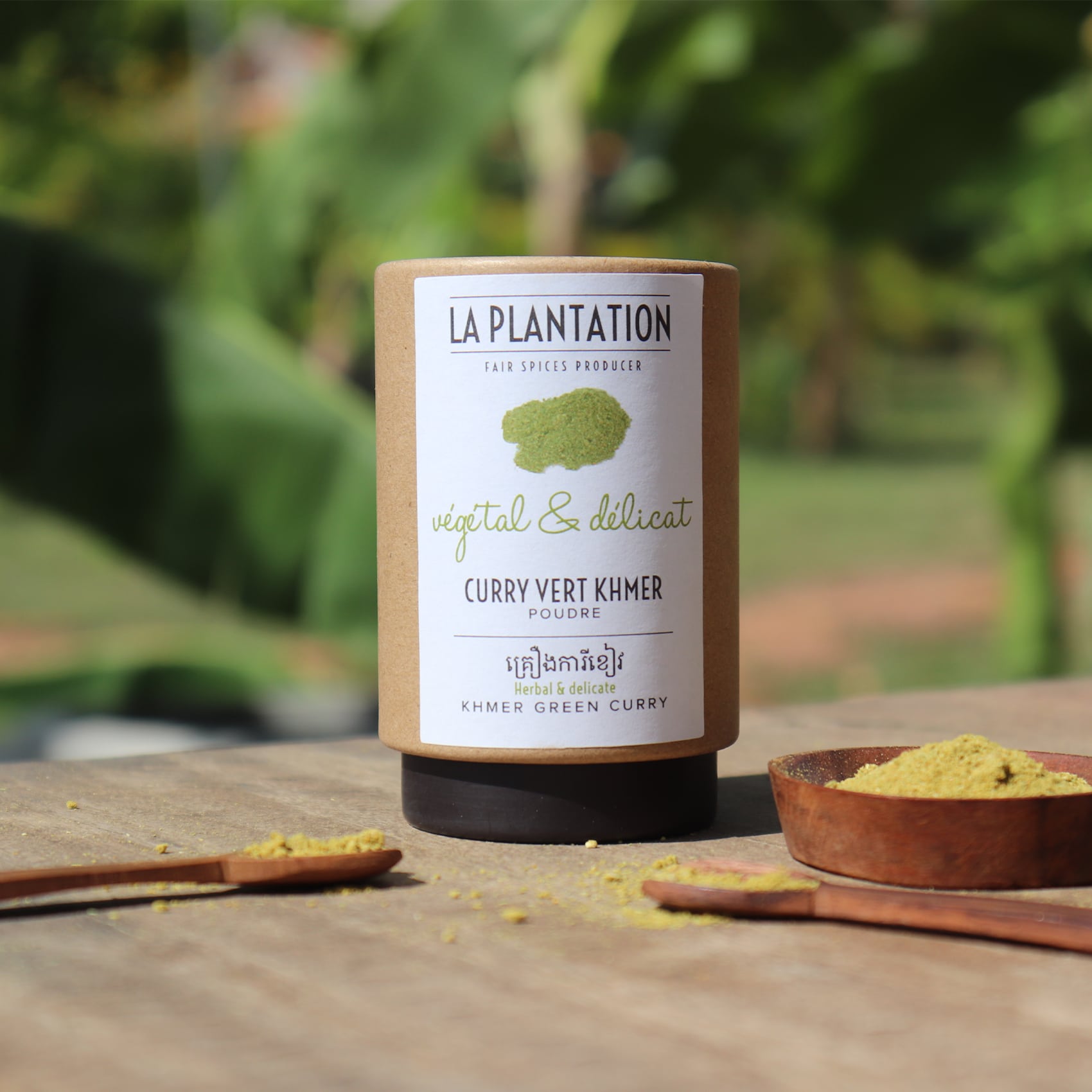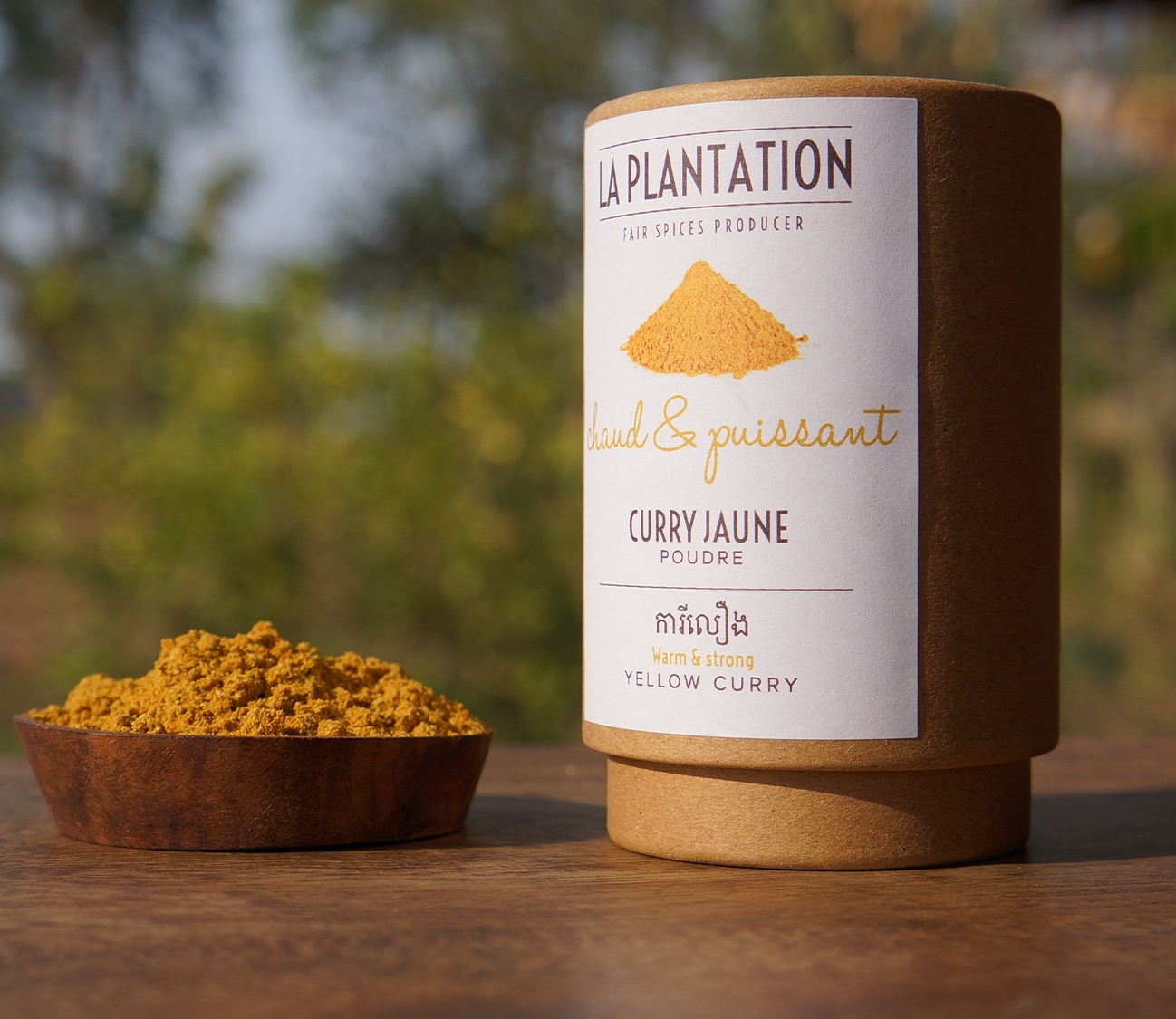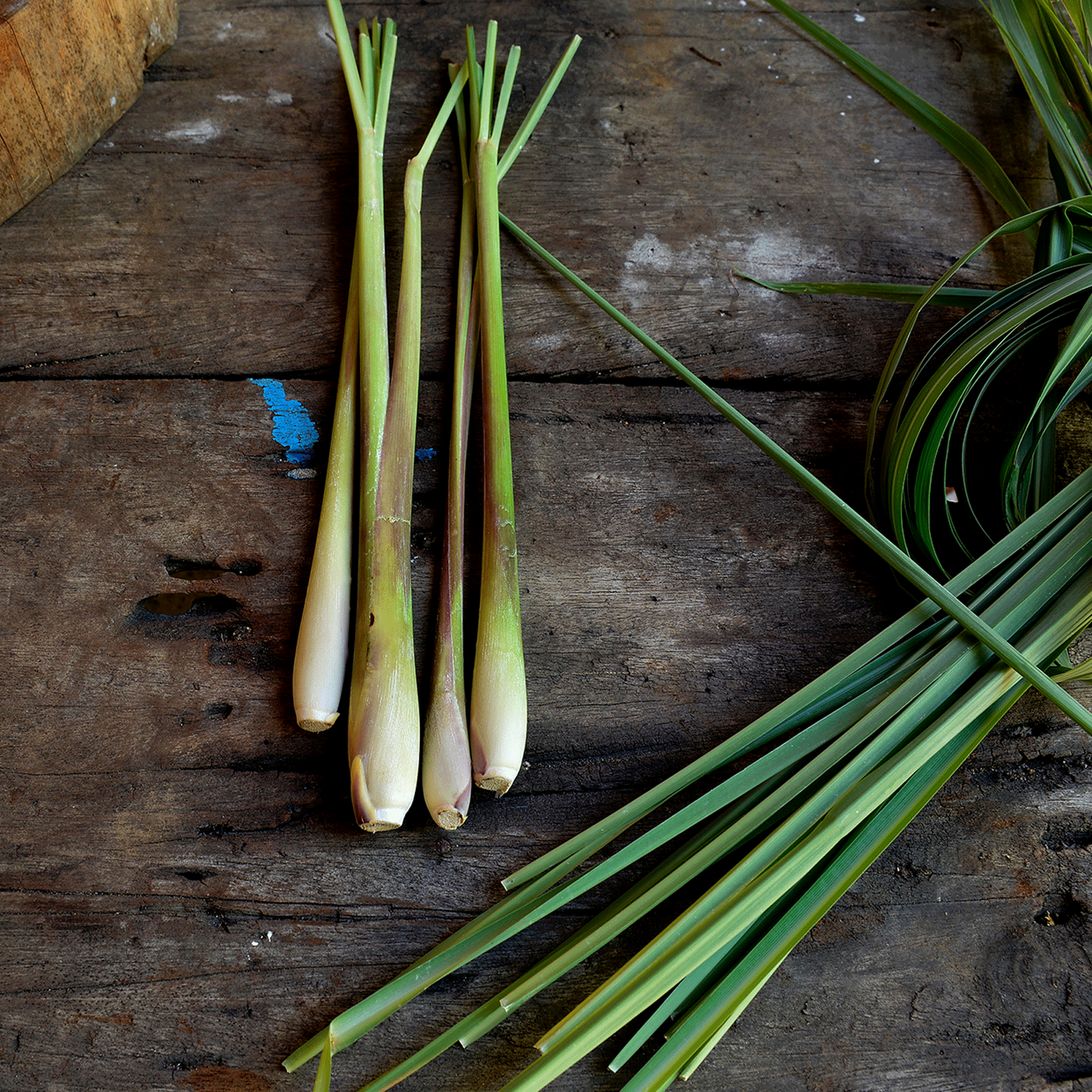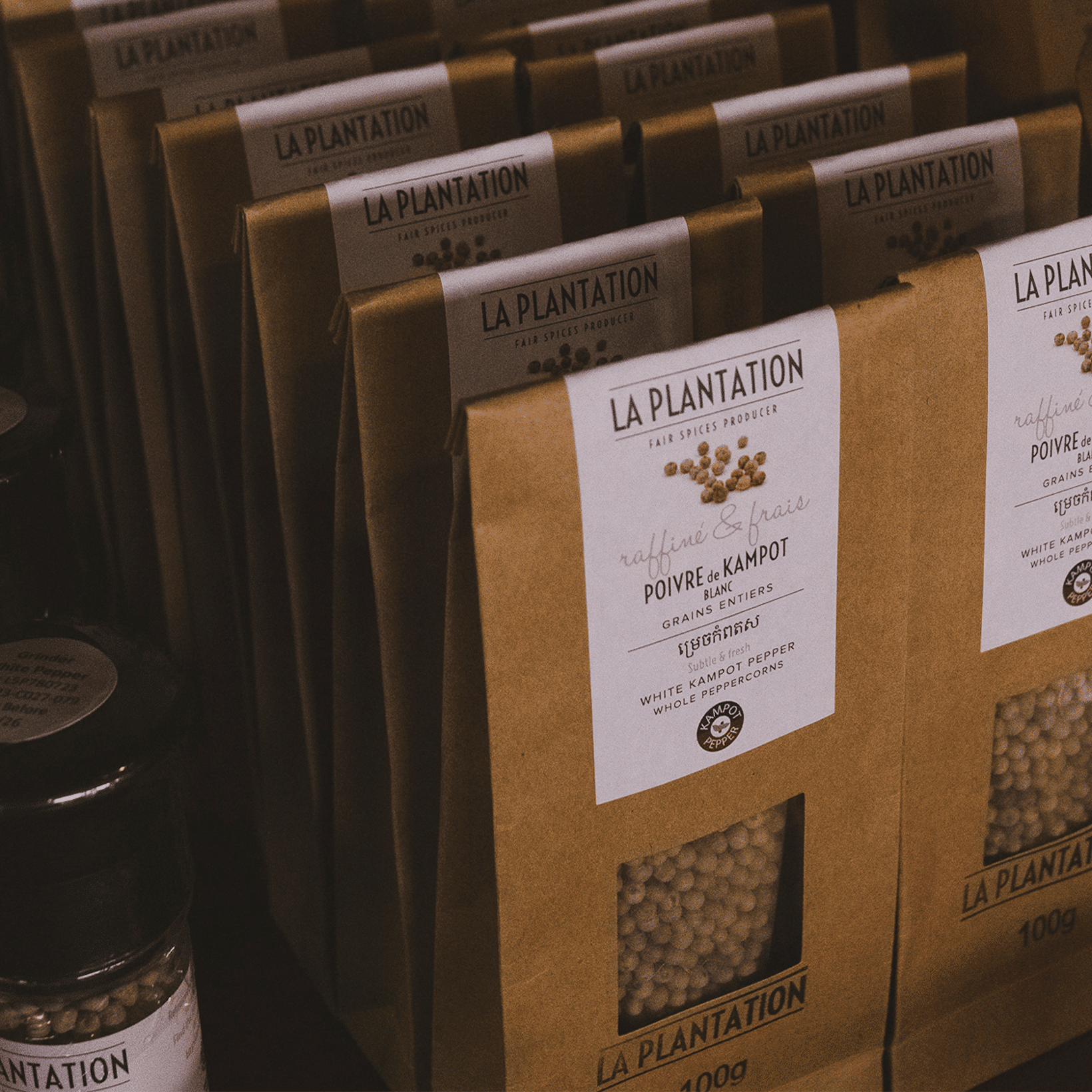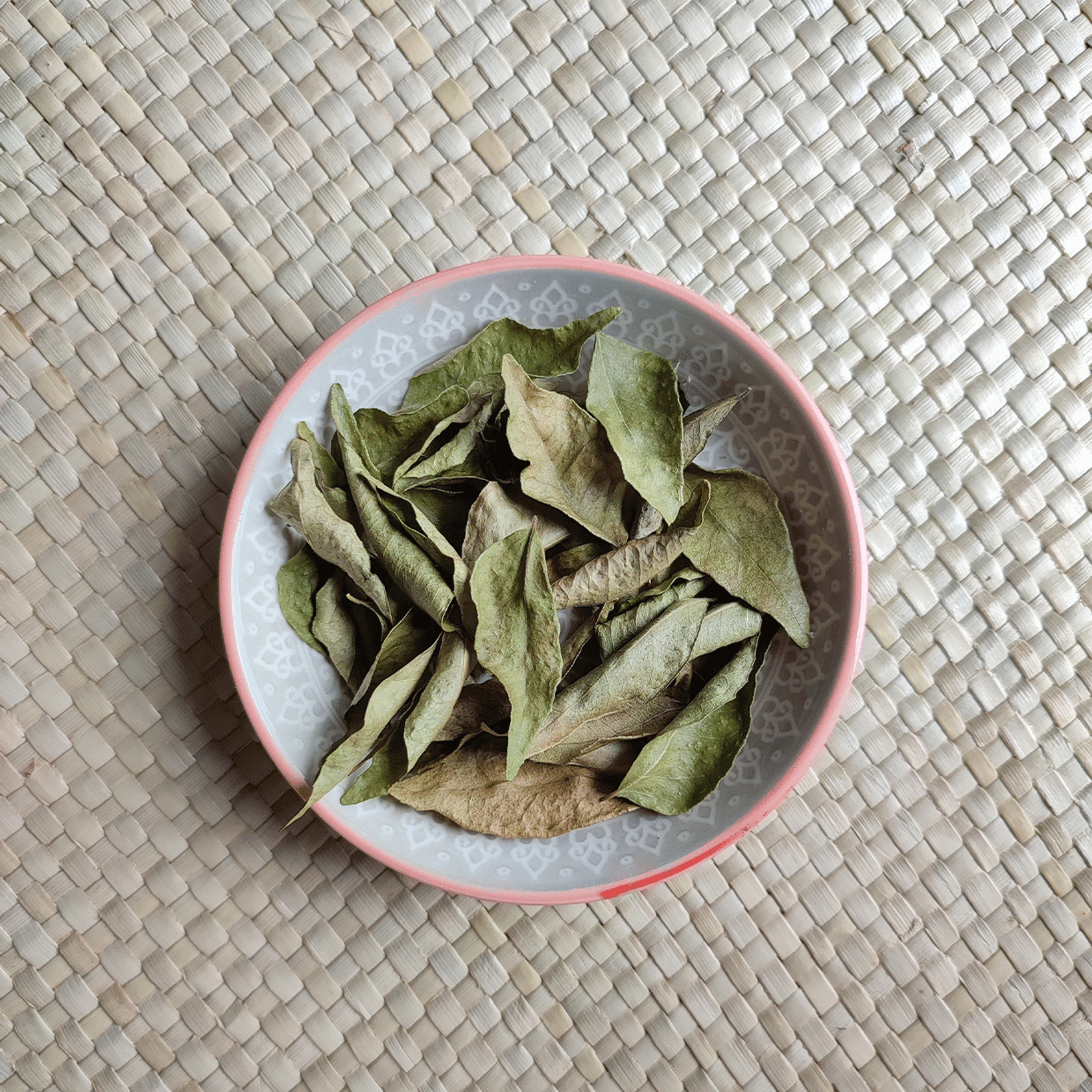
All you need to know about curry leaves
These leaves, which have a rich history and a variety of uses, are carefully harvested on our Fairtrade-certified farms, then exported around the world to arrive in your kitchen, in a short distribution chain! Discover the history, growth, harvesting and benefits of Cambodian curry leaves, as well as their much-loved use in local cuisine and how they can add a touch of warmth and comfort to winter cooking in the West.
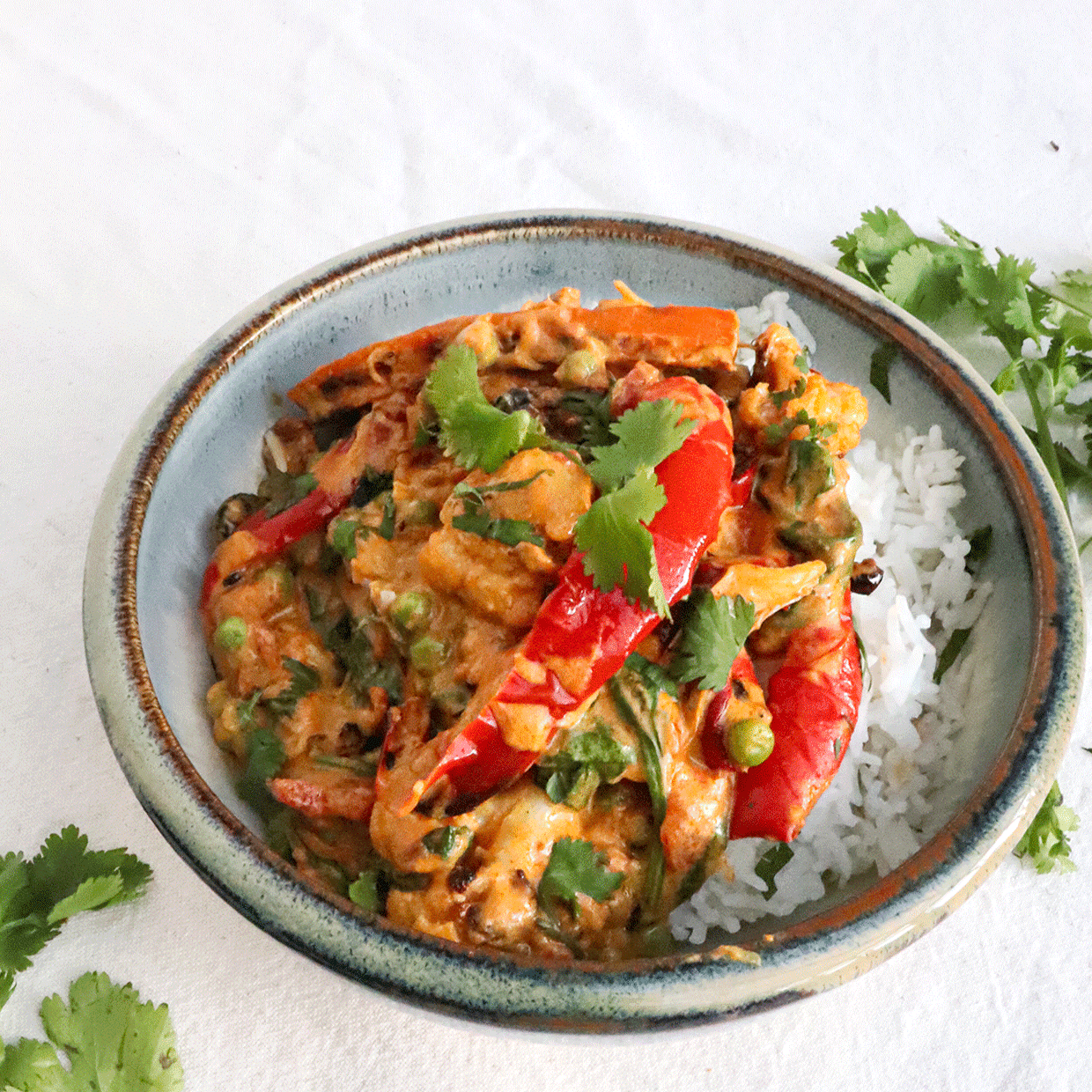
What are curry leaves?
Curry leaves, or “daun salam” in Khmer, have an ancient history and are deeply rooted in Cambodian culture. They come from the curry leaf mulberry tree (Murraya koenigii), a small tree native to South Asia and widely cultivated in South-East Asia. Curry leaves are known for their distinctive flavors, reminiscent of a combination of citrus fruits, spices and slightly bitter notes. The leaves are small, usually 3-4 cm long, and very slightly serrated. They have the appearance of lemon tree leaves, of which the tree is a close cousin.
In Asia, these leaves have been used for centuries to flavour traditional and medicinal dishes. In Cambodia, they are used in iconic dishes such as “samlar kako”, a Cambodian curry, and “amok”, a blend of fish steamed in a banana leaf. Over the years, they have found their place in Cambodian cuisine, adding a unique flavour and enhancing local dishes. This aromatic herb is renowned for its lemony aromas, which add a pleasant freshness to your dishes. There are also herbaceous nuances, which give it a fresh, green dimension, and a slight bitterness balances out the flavours.
Curry leaves ou Kaloupilé ?
“Curry leaves” and “kaloupilé” are two terms commonly used to refer to the same leaves in cooking. Curry leaves is the more widespread term, while “kaloupilé” is a common name in Creole French and in certain French-speaking regions where the influence of Indian cuisine is more pronounced. In fact, ‘kaloupilé’ is also a common name for these leaves in India, particularly in the southern regions. Both terms refer to the same curry leaves, and are used to flavour various dishes, particularly curries and vegetable dishes, in many South and South-East Asian cuisines.

Curry leaves, Curry dish or Curry powder?
Did you know that the terms “curry dish” and “curry leaf” refer to two different elements in cooking?
– Curry dish: This is a cooked dish that may contain a variety of ingredients, including meat, vegetables, legumes or seafood, and is prepared with a variety of spices and herbs, including curry powder. Curry dishes vary considerably according to regional cuisine and local preferences. They are commonly associated with Indian, Thai, Malay and other South Asian and South-East Asian cuisines.
– Curry powder: There are many spice blends throughout Asia, known as ‘curries’, which are all unique, depending on the country, region and even family. This is particularly true of Khmer curry, which can be red or green.
– Curry leaf: Finally, this is an aromatic leaf from the Murraya koenigii tree. Curry leaves have a distinctive flavour and are used to flavour various dishes, particularly curry dishes. They are commonly used in Indian, Cambodian, Thai and other South Asian and South-East Asian cuisines. Curry leaves add a unique flavour to dishes and are not at all similar to curry powder.
In short, ‘curry dish’ is a cooked dish that may contain meat, vegetables, pulses or other ingredients, ‘curry powder’ is a mixture of various spices, while ‘curry leaf’ is an aromatic leaf used to flavour various dishes. Now that the terms are a little clearer, let’s find out more about these Curry Leaves.
How do I use Curry Leaves?
If you’re wondering how to incorporate these precious leaves into your winter and spring cooking, look no further. In particular, curry leaves go wonderfully well with comforting winter dishes. Here are a few ideas for using them:
– Soups: Add curry leaves to your vegetable, lentil or chickpea soups, or even broths to replace bay leaves.
– Rice: Infuse your rice with curry leaves for a distinctive herbal note.
– Fish dishes: Add curry leaves to your fish wraps before cooking for an incredibly aromatic flavour.
– Currys: Use our curry leaves to enhance your Western curry dishes with an Asian touch.
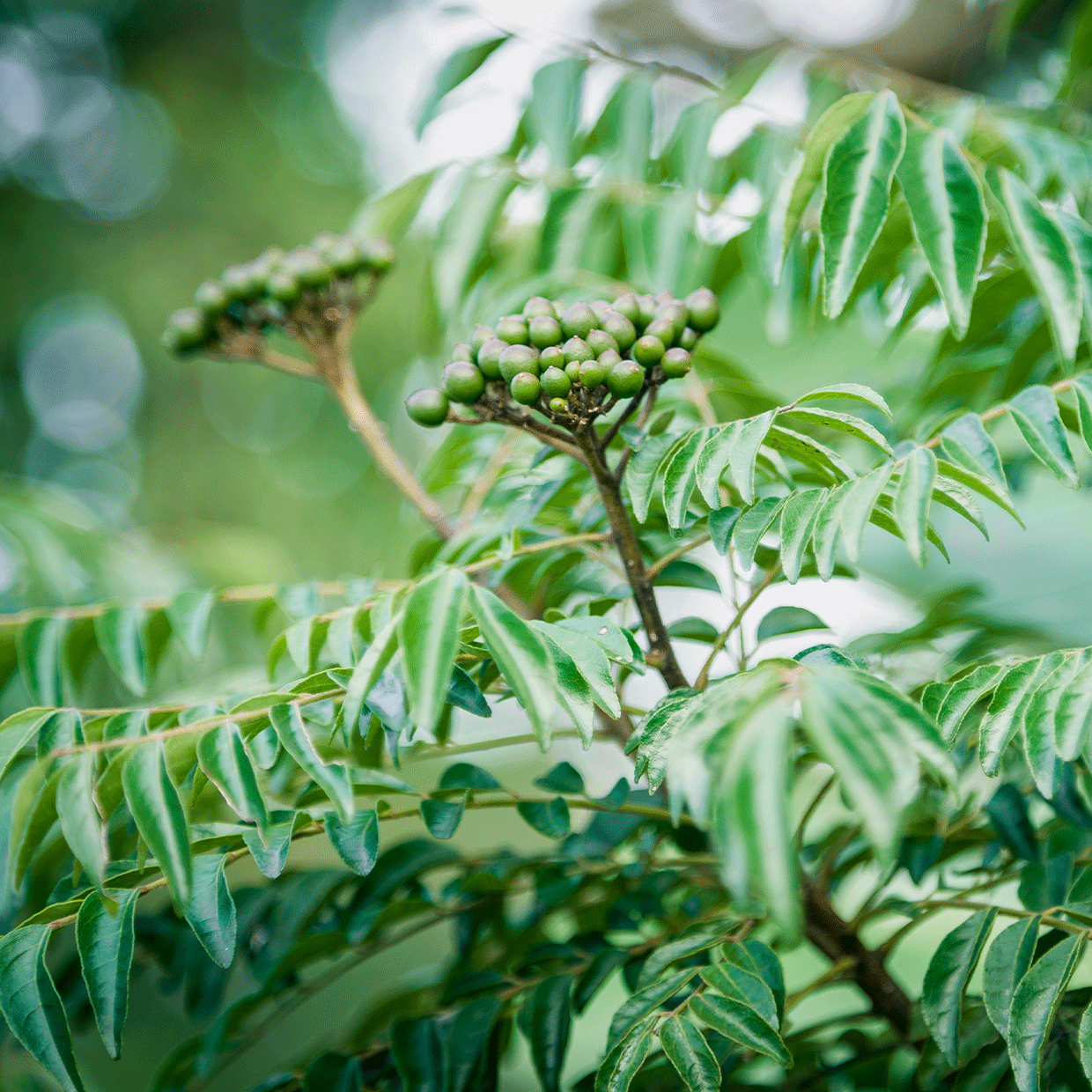
Growing and harvesting our curry leaves
Our curry leaves grow in an ideal environment, under the tropical sun of Cambodia. The trees reach heights of 4 to 6 metres and have lush green leaves. The curry leaves are harvested by hand, guaranteeing the quality and freshness of each leaf. This traditional, environmentally-friendly method also contributes to the sustainability of our farm.
After harvesting, the leaves are carefully sorted, washed and then dried in the sun, preserving their unique flavour and aroma. The curry leaves are then packed into sachets ready for shipment to international markets.
The health benefits of curry leaves
As well as their central role in cooking, curry leaves are also known for their health benefits. They are rich in vitamins and antioxidants, which may help boost the immune system and improve digestion.
According to traditional medical practitioners, particularly in Asia, Curry Leaves have anti-inflammatory properties. They could therefore help to reduce inflammation.
They may also lower cholesterol levels and regulate blood sugar levels. Leaves that are as delicious as they are healthy!
However, it is important to note that these benefits are not universally recognised and may vary according to culture and traditional practices.
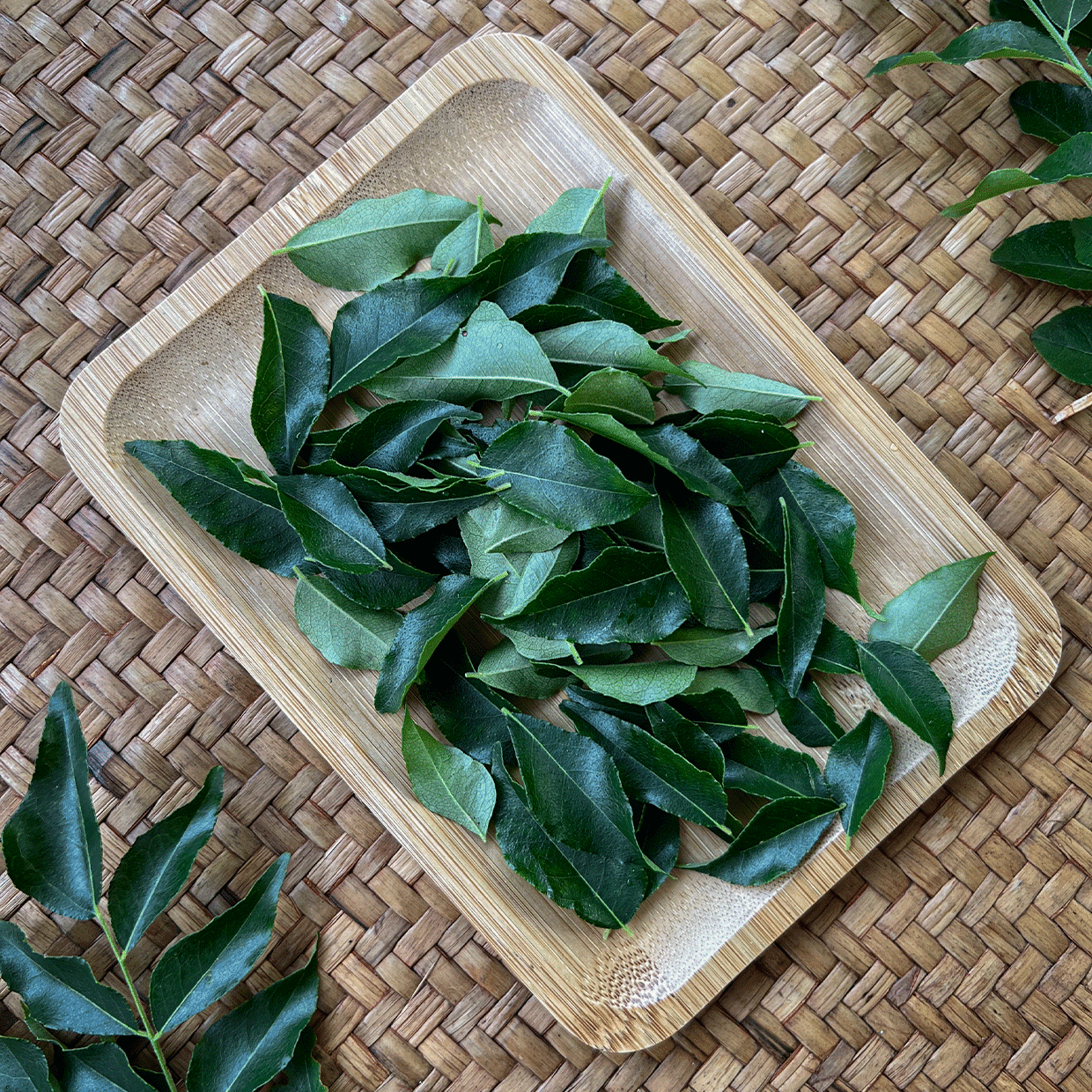
The use of curry leaves in Cambodian cuisine
Curry leaves are an essential ingredient in Cambodian cuisine. They add a depth of flavour to many traditional dishes, from curries and soups to stews and fish dishes. Their unique aroma and slight bitterness are perfectly balanced to complement a variety of recipes.
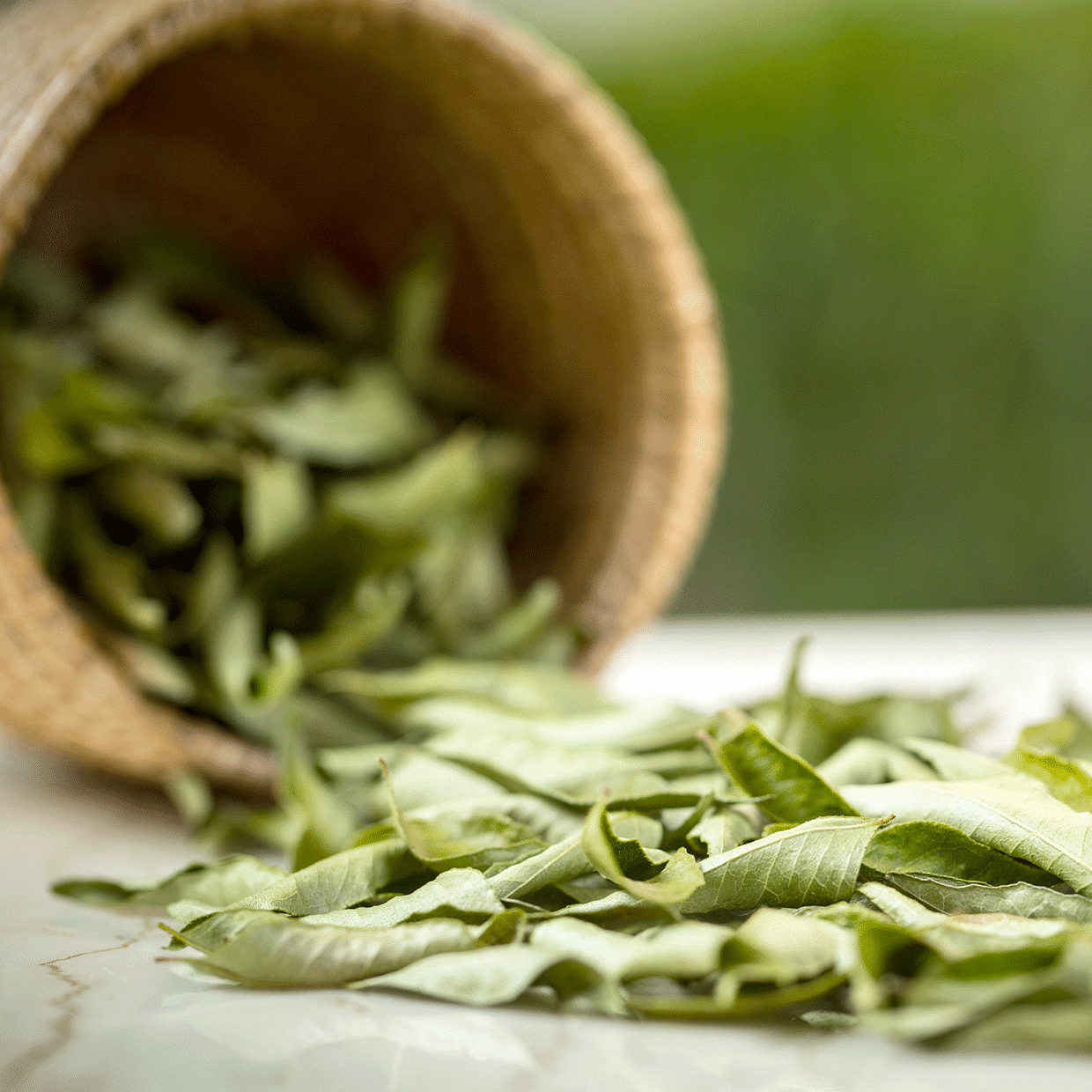
Although still little known in Europe, curry leaves carry with them an ancient history, an unrivalled flavour and health benefits that make them truly unique. Now that you’re more familiar with them, don’t hesitate to incorporate them into winter dishes such as stews. These leaves will bring a touch of authenticity and comfort to your table.
